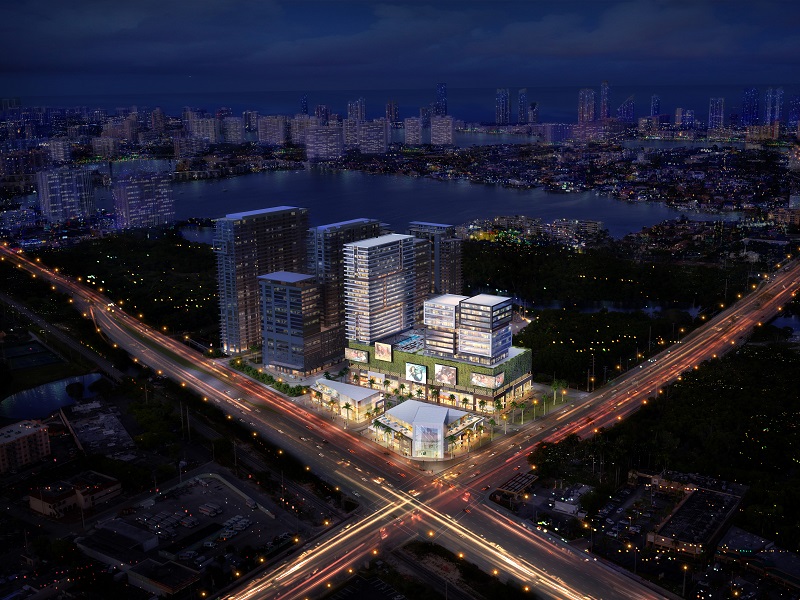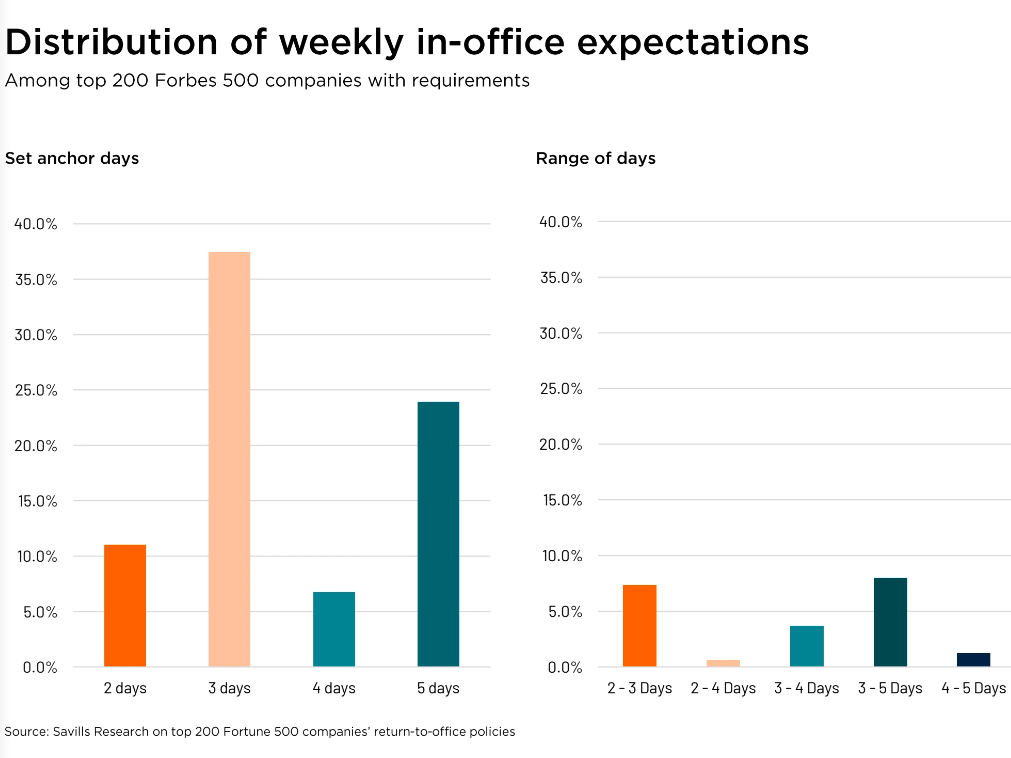Retail Development: Ease of Access Critical to Success
In an increasingly competitive lending environment, retail developers need to pursue projects in high-quality, accessible locations that will attract top tenants in order to secure financing, notes The Comras Co. President & CEO Michael Comras.
By Alexandra Pacurar
Retail is undergoing a transformation, fueled by the growth of e-commerce, leading savvy developers to come up with new and attractive strategies for upcoming projects. As consumers increasingly shop on mobile devices and physical stores face competition from online platforms, new developments in the retail sector have to check a few boxes in order to attract consumers and convince them to spend in-store. Michael Comras, president & CEO of Florida-based The Comras Co., spoke with Commercial Property Executive about some of the key aspects defining current retail development and discusses how his firm is implementing new strategies at its Uptown Biscayne project, located between North Miami and Aventura, Fla., now in its last stages of design.
CPE: The retail sector seems to be the most problematic in the real estate industry right now. What is your perspective?
Michael Comras: I don’t see it as the most problematic, but instead the one that is going through the most structural change at the moment. From very early on, retail was a supply-driven economy, but the sheer pace at which retailers are receiving feedback and the immense amount of information available to buyers is transforming it into a demand-driven business.
Merchants used to buy 10,000 units and keep them in a warehouse to be delivered nine months later. Now, retailers like Zara are receiving consumer feedback in real-time, which has increased the pace of production and development exponentially.
The days of having to go to a store are gone and so developers, retailers and brokers need to change the way they approach new projects. As buyers become even more connected, it’s critical for retail destinations to encourage buyers to get off the couch and offer desirable experiences. The live/work/play lifestyle is truly becoming a necessity and we have to adapt.
Sunshine State Shines
CPE: How is the Florida retail market performing compared to other regions?
Comras: South Florida, like other places around the U.S., is feeling the impact of a strong dollar and changing retail industry, but it has the advantage of being a relatively young region with a strong forward momentum.
We continue to be the gateway to South and Central America, and continue to see an influx in capital and population. The latter has created a demand for residential development, which has in turn created a huge need for retail options in both established neighborhoods and entirely new ones.
Some great examples are the Sunny Isles and Aventura neighborhoods. Both saw considerable condominium development during this cycle, but almost no commercial development. Residents have little to no local options other than the Aventura Mall, which has in turn made mixed-use, open-air destinations like Uptown Biscayne attractive, both for consumers and retailers.
Another place with a lot of activity is Fort Lauderdale, specifically Las Olas Boulevard, the original downtown street of Broward County. Perception of national retailers is changing and owners are coming around to the idea of bringing lifestyle boutiques into their spaces. There’s a great mix of residential and office spaces, making it the epitome of live/work/play.
South Florida will continue to grow, but we must stay ahead of the curve and of consumer demands. The big box in suburbia is history, especially when new boutiques and online platforms can deliver goods much more quickly and efficiently. We need to make sure that projects being delivered today speak to present-day and future consumers and are not stuck in the past.
CPE: Miami is the home of several complex retail developments. Should we worry about oversupply in this sector?
Comras: No, oversupply is not really a concern at the moment. Miami is densifying, which is leading to the creation of neighborhoods with unique identities or what I call “localization.” People are choosing where to live based on this neighborhood personality and look to work, shop and entertain themselves within the same district. This is a prime opportunity for developers to narrow in on a specific neighborhood and create Class A destinations that are tailored to resonate with a specific type of resident.
This holds true when you look at established neighborhoods like Coral Gables and Coconut Grove, but also with entirely new boroughs like Edgewater and Wynwood.
In Coconut Grove for example, we’re taking 200,000 square feet of retail and eliminating much of non-function space to create a new pedestal of retail and dining, which will sit below a new 75,000-square-foot boutique office building. This will be the first office development in the city in decades. People will no longer have to drive anywhere, it’s the idea of localization and catering to the residents of the neighborhood.
CPE: Tell us about the retail projects being built now. How are these different compared to older shopping centers and how will they attract shoppers?
Comras: We’re definitely seeing a significant shift away from traditional malls and more towards open-air, mixed-use projects specifically tailored for the neighborhoods around them. Uptown Biscayne, for instance, is aimed at the Aventura and North Miami neighborhoods. The development team, CK Privé Group, identified these two highly populated areas, where residents were forced to drive upwards of 10 miles to find experience-driven retail. The property is still early on in development, but we’re going to great lengths to identify those retailers and restaurants that will speak to the resident base and fill a niche within the community. We’re specifically narrowing in on lifestyle, fitness and service-oriented retailers, which have proven to be resilient options as the shift to online purchasing continues.
Additionally, Uptown is strategically located between both cities, making it easily accessible both via personal car or drive-share services like Uber and Lyft. As Miami densifies and people become more reluctant to drive, proximity and ease of access will be an ever-more critical factor for success.
CPE: How do you see the financing opportunities for the development of retail projects? How do you see this changing in the future?
Comras: Lenders have become much more stringent and selective regarding the projects they choose to back. Only those projects with the best location, development teams and top-quality national tenants are able to secure financing. These factors have become the standard, but one thing that could change in the future is the percentage of pre-leasing the lenders will require prior to granting financing. This much more competitive marketplace keeps the industry healthy and encourages developers to step up their game.
CPE: When do you expect Uptown Biscayne to be complete?
Comras: It is currently in the final stages of the design process, with construction set to begin in early 2018. We’re slated for completion in 2020.
Images courtesy of The Comras Co. and CK Privé Group









You must be logged in to post a comment.